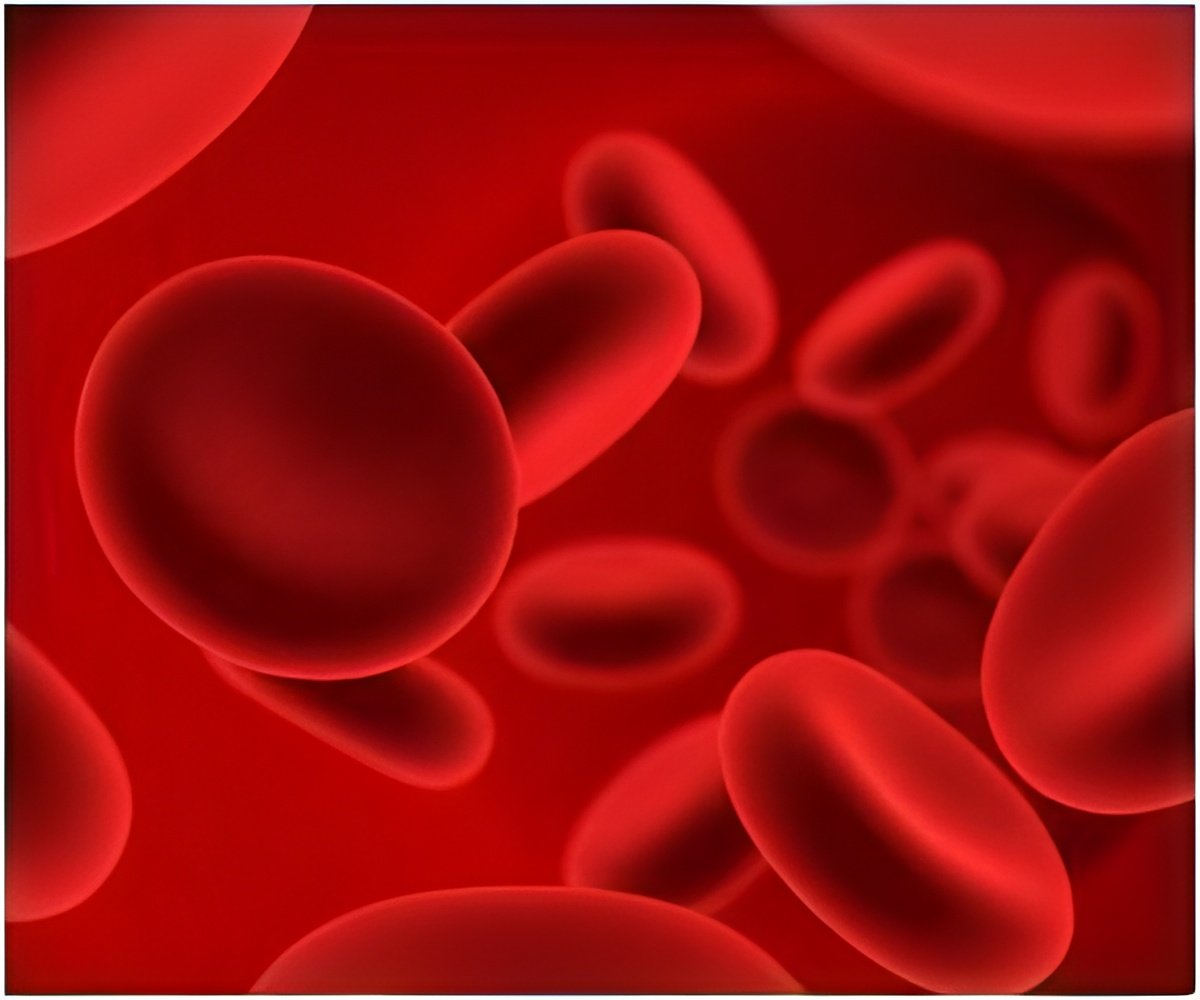ACP recommends new way to assess the risk of bleeding and thromboembolism in patients hospitalized for medical illnesses.

"The evidence does not support routine VTE prophylaxis in patients hospitalized for medical illnesses, including stroke," said Amir Qaseem, MD, FACP, PhD, MHA, Director of Clinical Policy at ACP. "If a patient is at risk for VTE, the American College of Physicians recommends that physicians prescribe heparin or related blood thinners, unless the assessed risk of bleeding outweighs likely benefits."
Benefits and Risks of Blood Thinners and Mechanical DevicesIn patients hospitalized for medical illnesses, including stroke, prevention with heparin is associated with a statistically significant reduction in PE events. In most cases, the clinical benefit of reducing PE events will outweigh the harm of increased risk of bleeding events, the guideline states. No differences in benefits or harms were found between the types of heparin used.
If a patient is at risk for VTE and bleeding from blood thinners, ACP does not recommend using graduated compression stockings. The evidence showed that they were not effective in preventing VTE or reducing death, and resulted in clinically important lower extremity skin damage.
ACP's recommendations do not apply to patients hospitalized for surgery.
ACP Does Not Support Performance Measures that Encourage Routine VTE Prevention The guideline also includes a Policy Implication statement against hospital performance measures that promote universal VTE prevention regardless of a patient's individual risks for VTE and bleeding.
Advertisement
Source-Eurekalert









